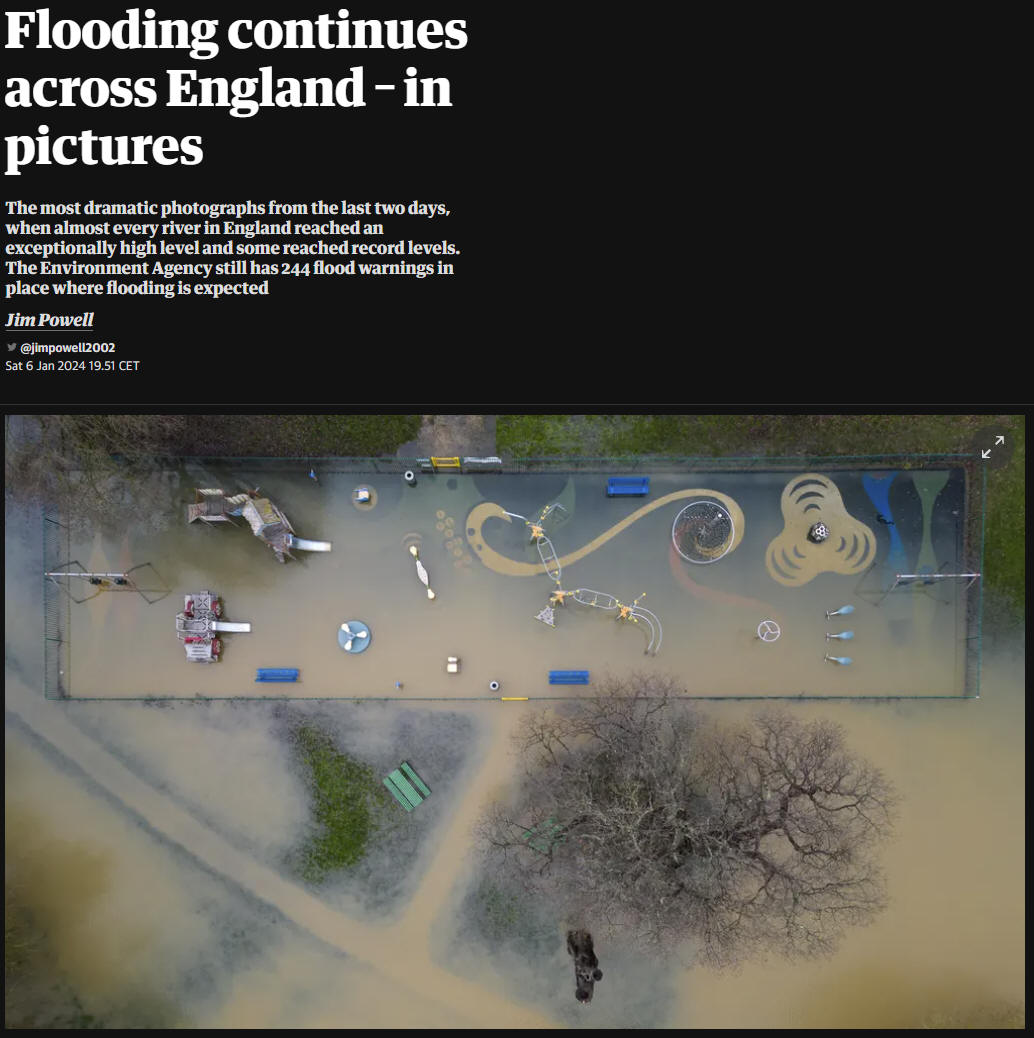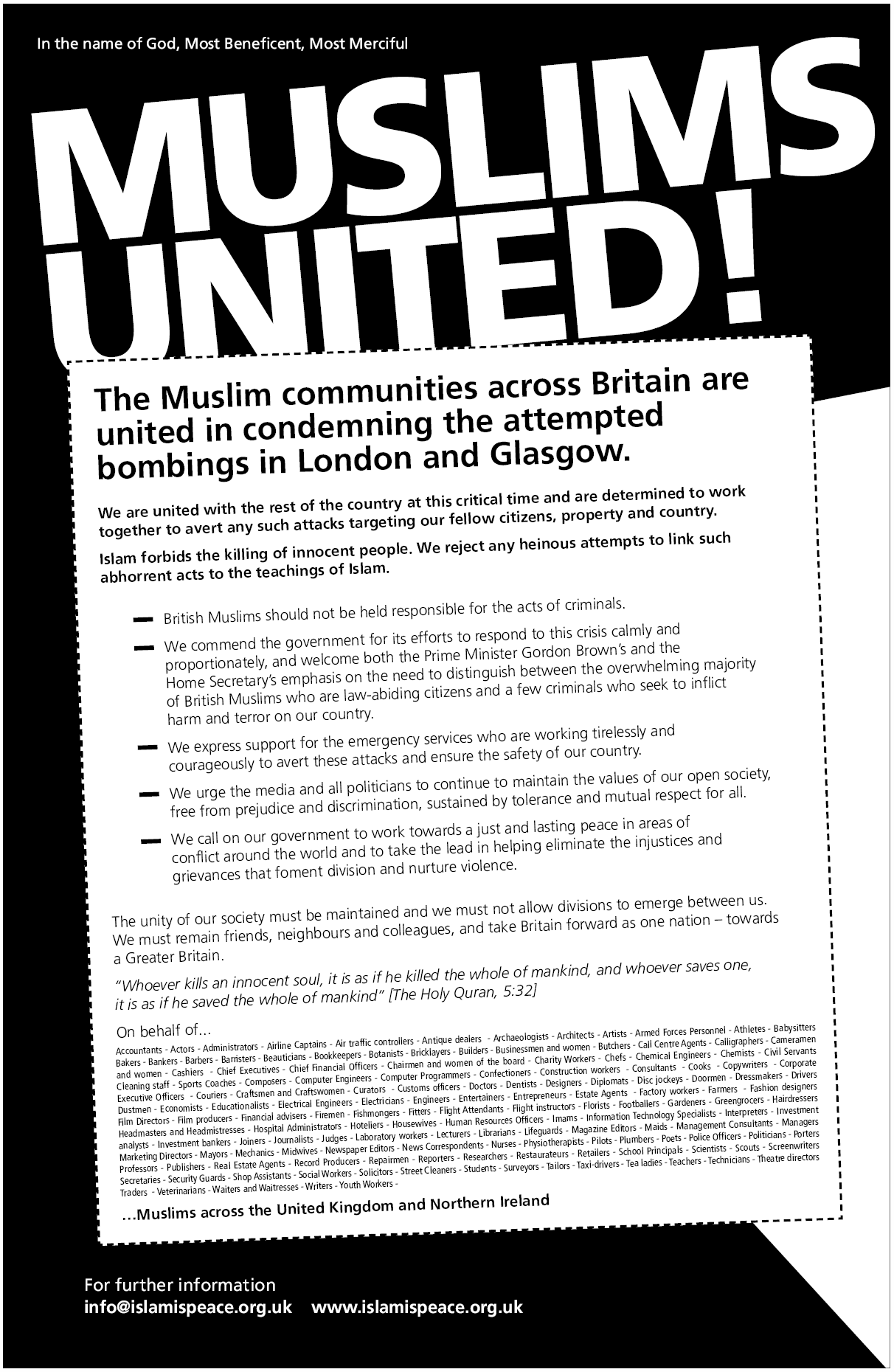|
learning > grammaire anglaise - niveau avancé
prépositions
across + N
sémantisme / sens
across + Nespace



The Guardian
p. 17 6 July 2007
Across continents
and decades,
'Past Lives' is the most affecting love story
in ages
June 9, 2023 NPR
across + Nthème
Christian Scott:
Building Bridges Across
Cultures
February 23, 2018 NPR
across + Ntemps
Here's one reason
why America's racial wealth gap persists across
generations
August 13, 2022 NPR
across + N
autres énoncés >
articles
After A Tragic Week,
Many In
Minneapolis
Seek Solace In
The Sanctuary
July 10, 2016
9:37 PM ET
Adrian Florido
Worshippers
bow their heads as the Rev. David A. Keaton leads them in prayer at the
Fellowship Missionary Baptist Church in Minneapolis on Sunday.
Across the nation, people of faith attended
services Sunday morning searching for guidance from their religious leaders
following the week's violence. In suburban Minneapolis, where school cafeteria
supervisor Philando Castile was killed by Officer Geronimo Yanez on Wednesday
night, worshippers said the burden felt especially heavy.
At the Fellowship Missionary Baptist Church in Minneapolis, Ethel Rhines, a
50-year-resident of the city, said that after the difficult week, she had come
to church in search of "an uplift."
"It takes a toll on a person to see that so much killing is going on," Rhines
said. "It stops for a little while, but the next thing you know someone else is
being shot, and it starts all over again."
Her pastor, the Rev. David A. Keaton, told his mostly black congregation that he
had visited the home of Philando Castile's mother, Valerie Castile, on Saturday,
and had been stunned by the resilience of her faith in God, despite her son's
killing.
"Isn't that amazing?" he asked. "Her son, not only was he unjustly killed, from
what we can see, but ... can you imagine as a mother having to watch and have
everyone around you watch your son take his last breaths of life?"
Across town, some seven miles away at the
First Universalist Church of Minneapolis, Minister Elaine Aron Tenbrink implored
her mostly white congregation to understand that the privilege and power they
enjoy for being white is not equally shared by their black and brown neighbors.
"Could there be anything more anathema to what we stand for as people of faith
than this?" she asked. Not only do white people benefit from this social
arrangement, she said, they also "are socialized to be utterly blind to anything
but its most abject manifestations."
She said it was incumbent on white people to use that privilege to help change
things for black and brown people, by using their influence on lawmakers and at
protests.
"I know it's hard," she said, "But it is not nearly as hard as never hearing
your son call your name again, because he has committed the crime of 'driving
while black.' "
"I am here with you," she offered, echoing what Diamond Reynolds' 4-year-old
daughter can be heard telling her mother as she breaks down in the video showing
Philando Castile's final moments.
After A Tragic
Week,
Many In Minneapolis Seek Solace In The Sanctuary,
NYT,
July 10, 2016,
https://www.npr.org/sections/codeswitch/2016/07/10/
485482689/after-a-tragic-week-many-in-minneapolis-
seek-solace-in-the-sanctuary
Across
the Nation,
Tragedy Spawned Inspiration
September
11, 2011
The New York Times
By THE NEW YORK TIMES
FRISCO,
Colo. — The Sunday after the terrorist attacks of Sept. 11, several dozen
friends climbed a mountain to make a declaration, and to do something to work
off their anxieties and terrible energy. It was partly a statement of brawn and
youth. They carried a 10-by-16-foot American flag, along with 20 feet of steel
pipe for a pole, up 10 miles of trail to a nearly 13,000-foot summit. There,
they gathered thousands of pounds of rocks to anchor the flag against the
ferocious winds that can scour the peaks here. And then it was done.
On Sunday morning, many of the same friends — older and definitely in a
different spirit — gathered at the trailhead to Peak 1 of the Ten Mile Range and
headed up once more.
They again carried a flag, but there would be no attempt this time to mount a
grand declaration visible for miles about America and its determination, grit
and resilience. In the parking lot near the trailhead just after sunrise, there
was talk of a moment of silence at the top, and maybe some songs.
“Whether we have a big pole and flag is irrelevant,” said Dave Simmons, 40, a
master brewer at a local beer hall who was on the first trek. “We’re going to
look out over these beautiful mountains for all the people who can’t.”
The saga of the flag-bearers of Frisco — their plan scrawled on a cocktail
napkin on the night of the attacks in 2001, to hike, raise money for the Red
Cross, plant a flag — created its own web of healing, loss and anger in this ski
town 90 minutes west of Denver.
In 2003, after the group had climbed twice more near the anniversary of the
attacks to replace the weather-shredded flag, it was found burned, the pole bent
and trashed, with a note attached condemning the United States invasion of Iraq
that year.
A criminal investigation went nowhere.
“I know all the usual suspects — I talked to them, and they swore they didn’t do
it,” said Gary Lindstrom, a former police officer, who was a Summit County
commissioner at the time. Mr. Lindstrom said in an interview last week that he
has puzzled over the flag attack, and the local political passions it stirred,
ever since.
Things changed after the flag burning. The United States Forest Service, which
had tolerated the presence of a technically illegal monument on public land,
pulled back its support and threatened new flag-raisers with arrest. Kurt Kizer,
a landscaper and self-described ski bum who also was on the first hike — it was
his scrawl on the napkin that sketched out the plan — was also back again on
Sunday. He said the time for anger and retribution was over.
“They know what they did, and they have to live with it,” he said.
And so in the early morning chill, under brilliant blue skies — some hikers
using trekking poles they did not need a decade ago to bolster creaky knees —
they headed up together, making a declaration of a different kind in a different
time: that perseverance and keeping on were statements worth making too. KIRK
JOHNSON
Downsized Dreams
PEMBROKE PINES, Fla. — Like so much else in Florida these days, the ambitious
and touching 9/11 memorial unveiled in this small town on a broiling Sunday was
jolted hard by the recession.
It began small, with a request in 2004 for a chunk of steel from the remnants of
the World Trade Center’s twin towers and the idea of a small but fitting
tribute. It grew large, with 11 tons of marble for one sculpture and sheets of
steel for four others. Then it got even bigger, with requests for a $1 million
glass building to house the sculptures.
But reality — as well as the few choice words of a Pembroke Pines commissioner
and the reluctance of taxpayers who balked at the cost — took hold. In the end,
the memorial is a testament to tragedy, courage and perseverance. But also to
compromise and common sense: the steel and marble sculptures stand outside under
a gazebo at a cost of $167,000, which it is hoped will be repaid through
donations.
“This was designed to be delivered to the residents of Pembroke Pines at no cost
to them,” said Angelo Castillo, a city commissioner here and New York City
transplant who asked Mayor Michael R. Bloomberg for a piece of steel. “And my
original concept was much more modest.”
“Sometimes it was difficult, but what we have here, at the end of the day, is
something spectacular,” Mr. Castillo said.
The people in the crowd that pushed into the gazebo after the bagpipes grew
quiet and the speeches ended could not have agreed more. To them, the cost and
controversy are irrelevant.
“It’s a moot point,” said Elizabeth Ennis, 44, a physician’s assistant who lives
here. “It’s a statement from the community that we stand together.”
Four towering steel sculptures ring the gazebo. One depicts a larger-than-life
New York City firefighter, his jacket flapping in the wind. He is straddled by
jagged towers of steel, representing the trade center’s north and south towers.
A child stares resolutely from the top of a pile of steel.
The city could not afford bronze, so Felix Gonzalez, the sculptor and a retired
Miami-Dade County firefighter, welded the steel. The materials were donated or
came from discretionary county funds. The artists, who spent years on the
project, donated their time (Mr. Gonzalez receive a $20,000 stipend).
“People came out to watch me make these at an abandoned firehouse on the edge of
the Everglades,” he said. “Firefighters from New York City stood there and cried
and hugged me. It kept me going.”
In the center of the gazebo lies the four-sided marble sculpture, which
represents shock, grief, acceptance and rebuilding. Faceless forms cower, fall
from the sky, pray, protect each other and then rise toward the sky. At the top,
rests the chunk of steel from the twin towers.
“These people who died were bigger than life,” said Benoit Menasche, the
74-year-old sculptor. “How can I not give them something bigger than life.”
LIZETTE ALVAREZ
Search for Renewal
NATCHEZ, Miss. — “This date is a sign.”
So began the Rev. Jon Shonebarger, and so began the Faith Independent Baptist
Church, which as of Sunday morning consisted of a Facebook page, a stack of
Bibles and brochures and a dozen people in a meeting room at a Hampton Inn.
Here there was nothing of the solemn grandeur of ground zero in New York,
nothing remotely evocative of the sepulchral concrete hollows, the towers that
surround them and the sense of world-altering catastrophe that lingers over
them. Here there was coffee and muffins and hotel carpeting, and mostly empty
rows of chairs.
Pastor Shonebarger had no particular connection to the tragedy himself. He was
at a church in Oakley, Kan., at the time of the terrorist attacks, moved to
Colorado for a few years afterward and since January 2010 has been the chaplain
at the correctional facility outside of town here, ministering to “2,600 inmates
from 71 nations of the world,” he says with a little pride.
“I deal with people from third world nations,” he said. And then, leading into
his reasons for starting this church, he added, “I’m seeing America turn into
something it doesn’t want to be.”
“I believe that there was something that happened in this country, a coming
together,” he said of those first few days after the attacks. “There was, if I
can say this, an awakening.”
Pastor Shonebarger was speaking not only, or even primarily, of the political
and patriotic unity of that time. Churches were full, he said. Prayer groups
were crowded.
But something went wrong. He spoke of poverty and unemployment, of natural
disasters, and of spiritual drift. “Ten years later, America is in bad shape,”
he said. “Why did I choose this date? I chose this date for a reason.”
His prologue finished, Pastor Shonebarger announced the day’s Scripture reading.
The congregation turned to Philippians and they set off on the reawakening.
CAMPBELL
ROBERTSON
Across the Nation, Tragedy Spawned Inspiration,
NYT,
11 September 2011,
https://www.nytimes.com/2011/09/12/
us/12vignettes.html
Voir aussi > Anglonautes >
Grammaire anglaise
explicative - niveau avancé
prépositions + N
verbes à particule averbiale > across
|